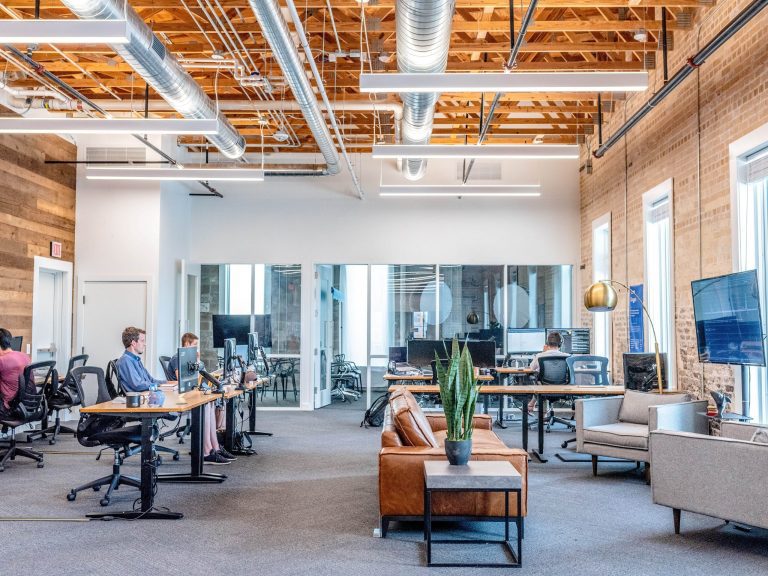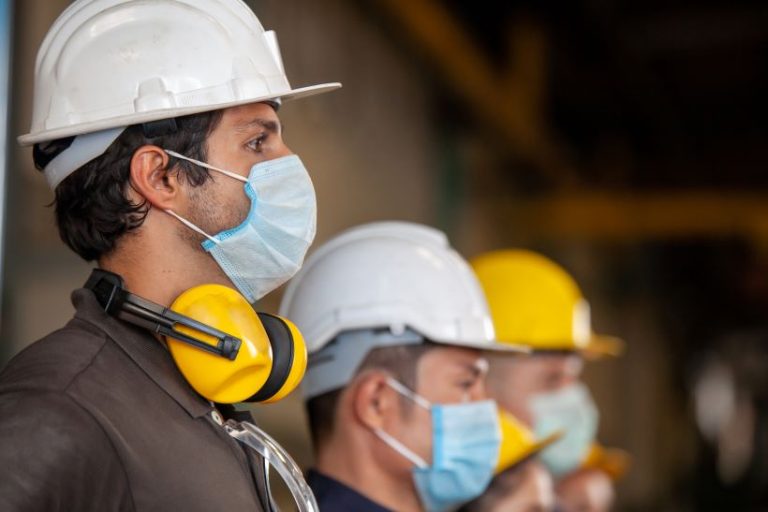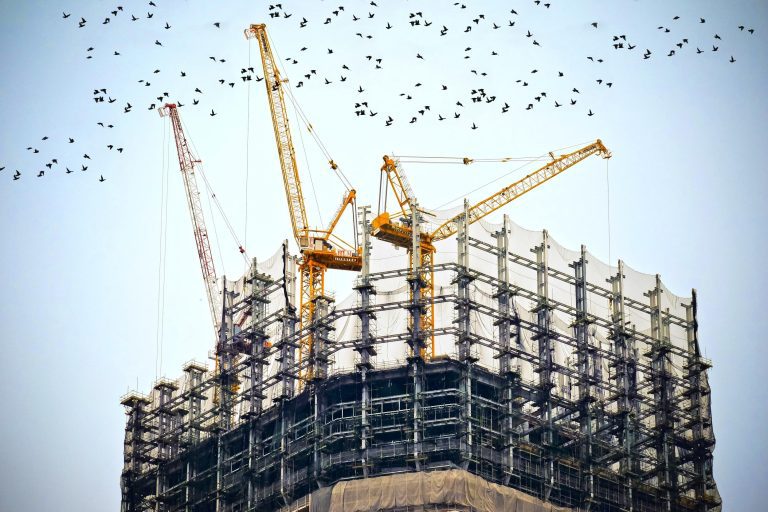Wavin, the UK’s leading manufacturer of plastic pipe systems, has launched StormForce – an innovative single-source solution to stormwater management. Developed to streamline the stormwater management supply chain, StormForce will see Wavin handle the entire design, supply and installation of stormwater tanks and their associated infrastructure, from capture and attenuation to dispersal. With StormForce, Wavin aims to simplify project management, increase efficiencies and minimise risk for developers, contractors and civil engineers when it comes to implementing quality sustainable drainage systems (SuDS) within essential infrastructure. As part of the end-to-end service, Wavin will first consult and advise on site, identifying and resolving site-specific issues and ensuring compliance with statutory and environmental regulations and best practice, before value-engineering the optimum design. The required products and components will then be manufactured by Wavin to the highest standards and then finally installed by fully trained and accredited StormForce partners. The installation will also be underpinned with a five-year warranty. BBA-approved stormwater systems available as part of the StormForce service include Q-Bic Plus, the most accessible, inspectable and cleanable attenuation tank on the market, compliant with Ofwat’s new Design & Construction Guidance; AquaCell, the ultimate modular solution for a variety of applications, from landscaped to heavily trafficked areas; and a range of inspection chambers and accessories. Martin Lambley, product manager for stormwater management at Wavin, said: “The industry has needed a solution like StormForce for a long time, and we’re delighted to now offer a turnkey solution for customers when it comes to stormwater management. With every detail managed by Wavin under a single contract, developers no longer need to coordinate multiple providers or worry about elements not being completed on time or to the right standard. “By handing the responsibility over to Wavin, customers can have total confidence that the project is being taken care of by stormwater specialists, and that, from start to finish, all aspects will be taken care of efficiently, to the highest quality and in accordance with industry regulations and best practice.” Stewart McKechnie, site agent at Nationwide Engineering, an initial StormForce client, said: “StormForce really does deliver. One-source supply and surface water management is totally sorted, so we can get on with the build. It’s fast, compliant, sustainable and top quality – what more could you want?” To book a consultation or get a quick estimate with Wavin’s dedicated stormwater management experts, visit www.wavin.co.uk/stormforce











